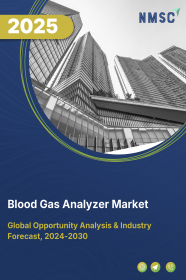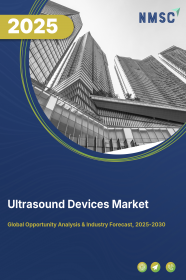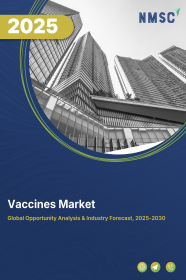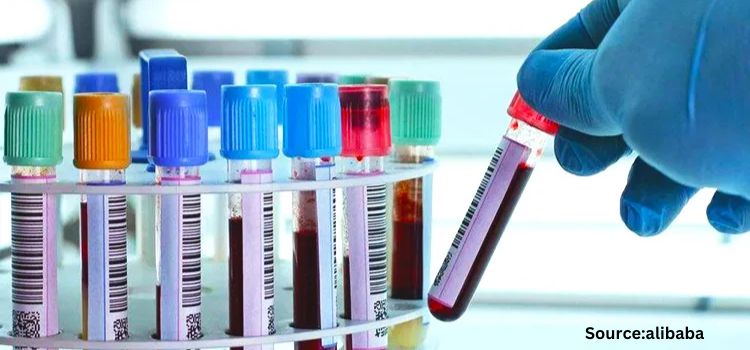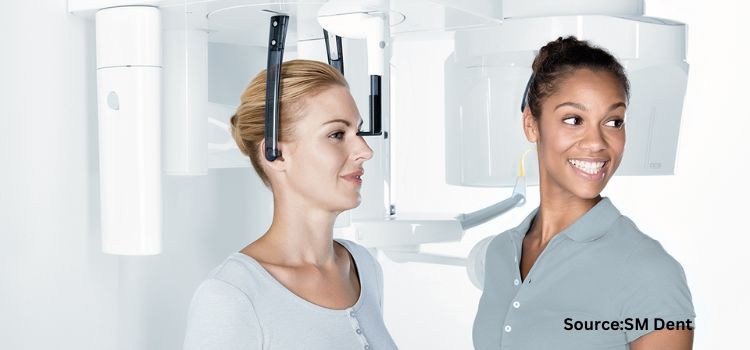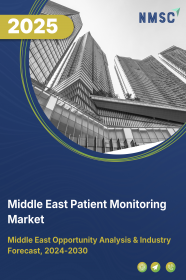
Middle East Patient Monitoring Market by Product (Cardiac Monitoring Devices, Blood Glucose Monitoring Systems, Hemodynamic/Pressure Monitoring Devices, Multi-parameter Monitoring Devices, Respiratory Monitoring Devices, Temperature Monitoring Devices, Fetal & Neonatal Monitoring Devices, Neuromonitoring Devices, Weight Monitoring Devices, and Other Devices), by Type (Conventional and Wireless), and Others- Opportunity Analysis and Industry Forecast, 2024–2030
Industry: Healthcare | Publish Date: 14-Feb-2025 | No of Pages: 148 | No. of Tables: 110 | No. of Figures: 75 | Format: PDF | Report Code : HC1108
Market Definition
The Middle East Patient Monitoring Market size was valued at USD 1.28 billion in 2023, and is predicted to reach USD 2.20 billion by 2030, with a CAGR of 7.8% from 2024 to 2030. Patient monitoring is an essential aspect of modern healthcare, involving the continuous or periodic assessment of a patient's vital signs, physiological parameters, and overall health status throughout their medical treatment. This process employs a range of medical devices and technologies to collect, record, and analyze data such as blood pressure, heart rate, oxygen saturation, respiratory rate, temperature, and other vital signs.
The patient monitoring market encompasses the healthcare industry segment focused on developing, manufacturing, and supplying equipment and systems for continuously or intermittently monitoring and recording a patient's vital signs and health parameters. It plays a crucial role in a variety of healthcare settings, from hospitals and intensive care units to outpatient clinics and home healthcare. This ensures that patients receive the appropriate level of care tailored to their individual medical needs.
Rising Aging Population creates demand for Patient Monitoring Devices
The aging demographic in Middle East is reshaping the landscape of healthcare, particularly in the realm of patient monitoring. With a growing proportion of elderly individuals, there is a heightened demand for healthcare services, driven by an increased prevalence of chronic health conditions associated with aging. This demographic shift has profound implications for the Patient Monitoring Market, as the elderly are more likely to require continuous monitoring for conditions such as cardiovascular diseases, diabetes, and respiratory disorders.
Government Initiatives Driving the Growth of Patient Monitoring Systems
The government's proactive engagement in healthcare reforms and infrastructure development stands as a pivotal driving force for the patient monitoring market in Middle East. With a dedicated focus on enhancing healthcare services, various initiatives have been implemented to address accessibility, quality, and efficiency in healthcare delivery. This commitment includes substantial investments in upgrading healthcare facilities and incorporating advanced technologies, such as patient monitoring systems, into the national healthcare system. Government support and policies not only facilitate the procurement of modern medical equipment but also create an environment conducive to the adoption of cutting-edge healthcare technologies.
Connectivity Issues in Patient Monitoring Devices Restrain the Market Growth
One of the significant restraining factors in the patient monitoring market in Middle East is the connectivity issues which pose a risk to real-time data transmission and communication between devices, impacting the timeliness and accuracy of patient information. Addressing these challenges is crucial for unlocking the full potential of patient monitoring technologies and ensuring their widespread adoption in the healthcare sector.
Introduction of Artificial Intelligence and Machine Learning in Patient Monitoring Systems Create Growth Opportunities
In Middle East, Artificial intelligence (AI) and machine learning (ML) are transforming patient monitoring by enabling the in-depth analysis of a vast array of data. AI algorithms leverage the power of historical patient records to identify subtle patterns and anomalies in vital signs and medical history. This capability facilitates the early detection of potential health issues before symptoms manifest, enabling timely interventions.
Moreover, the integration of AI and ML promotes the concept of personalized medicine, allowing for tailored treatment plans based on each patient's unique characteristics and responses. These technologies aid in risk stratification, assisting healthcare providers in prioritizing interventions for patients at higher risk of developing specific medical conditions or complications.
Competitive Landscape
Various market players operating in the Middle East patient monitoring market include Medtronic Plc, Koninklijke Philips N.V., GE Healthcare, Siemens Healthineers, Nihon Kohden Corporation, Abbott Laboratories, Masimo Corporation, Hill-Rom Holdings, Inc., Biotronik SE & Co. KG, Honeywell International, Inc., and others.
Middle East Patient Monitoring Key Market Segments
By Product
-
Cardiac Monitoring Devices
-
Mobile Cardiac Telemetry Monitors
-
Electrocardiogram (ECG) Devices
-
Implantable Loop Recorders
-
Event Monitors
-
Smart/Wearable ECG Monitors
-
-
Blood Glucose Monitoring Systems
-
Self-Monitoring Blood Glucose Systems
-
Continuous Glucose Monitoring Systems
-
-
Hemodynamic/Pressure Monitoring Devices
-
Hemodynamic Monitors
-
Blood Pressure Monitors
-
Disposables
-
-
Multi-Parameter Monitoring Devices
-
Low-Acuity Monitoring Device
-
Mid-Acuity Monitoring Devices
-
High-Acuity Monitoring Devices
-
-
Respiratory Monitoring Devices
-
Pulse Oximeters
-
Spirometers
-
Capnographs
-
Peak Flow Meters
-
-
Temperature Monitoring Device
-
Handheld Temperature Monitoring Devices
-
Table-Top Temperature Monitoring Devices
-
Wearable Continuous Monitoring Devices
-
Invasive Temperature Monitoring Devices
-
Smart Temperature Monitoring Devices
-
-
Fetal & Neonatal Monitoring Devices
-
Neonatal Monitoring Devices
-
Fetal Monitoring Devices
-
-
Neuromonitoring Devices
-
Electroencephalograph (EEG) Machines
-
Electromyography Machines
-
Cerebral Oximeter
-
Intracranial Pressure (ICP) Monitors
-
Magnetoencephalography (MEG) Machines
-
Transcranial Doppler (TCD) Machines
-
-
Weight Monitoring Devices
-
Digital
-
Analog
-
-
Others Devices
By Type
-
Conventional
-
Wireless
By End User
-
Home Healthcare
-
Hospitals & Clinics
-
Others
REPORT SCOPE AND SEGMENTATION:
|
Parameters |
Details |
|
Market Size in 2023 |
USD 1.28 Billion |
|
Revenue Forecast in 2030 |
USD 2.20 Billion |
|
Revenue Growth Rate |
CAGR of 7.8% from 2024 to 2030 |
|
Analysis Period |
2023–2030 |
|
Base Year Considered |
2023 |
|
Forecast Period |
2024–2030 |
|
Market Size Estimation |
Billion (USD) |
|
Growth Factors |
Impact of Aging Population creates demand for Patient Monitoring Devices Government Initiatives Driving the growth of Patient Monitoring Systems |
|
Companies Profiled |
10 |
|
Market Share |
Available for 10 companies |
|
Customization Scope |
Free customization (equivalent up to 80 working hours of analysts) after purchase. Addition or alteration to country, regional, and segment scope. |
|
Pricing and Purchase Options |
Avail customized purchase options to meet your exact research needs. |
KEY PLAYERS
-
Medtronic Plc
-
Koninklijke Philips N.V.
-
GE Healthcare
-
Siemens Healthineers
-
Nihon Kohden Corporation
-
Abbott Laboratories
-
Masimo Corporation
-
Hill-Rom Holdings, Inc.
-
Biotronik SE & Co. KG
-
Honeywell International, Inc.
















 Speak to Our Analyst
Speak to Our Analyst



